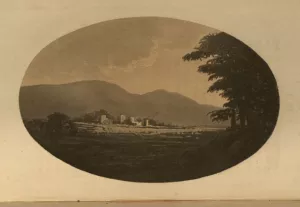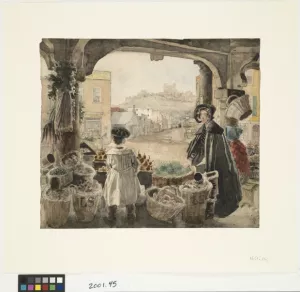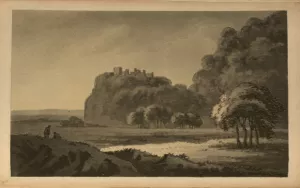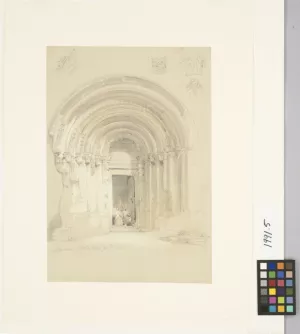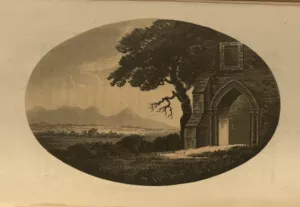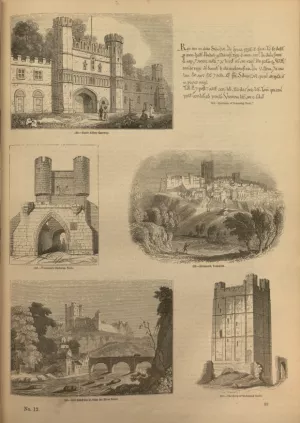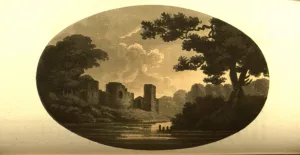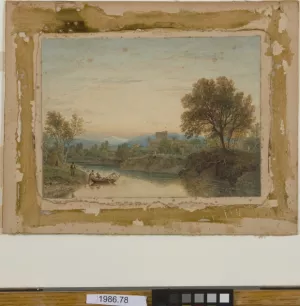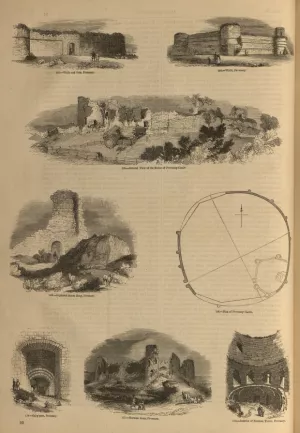The architectural patrimony of the Middle Ages received greater attention in the Romantic era because of three major factors. The first was the boom of domestic tourism beginning in the 1790s as a result of political tension on the Continent. The second involved the association of ruins with a growing sense of national pride in the beauty of the countryside of Great Britain, a sense developed in pastoral poetry and in the picturesque aesthetic. The culture of antiquarianism and preservation of artifacts belonging to Britain’s past constituted the third factor. Emphasizing material remains as sites of historical unity, ruins of Norman castles and ivy-covered Gothic abbeys moved into the national spotlight. These sites evoked a variety of responses in viewers, and the following is an outline detailing the modes of interaction of Romantic aesthetic theorists, antiquarians, and tourists with medieval ruins.

